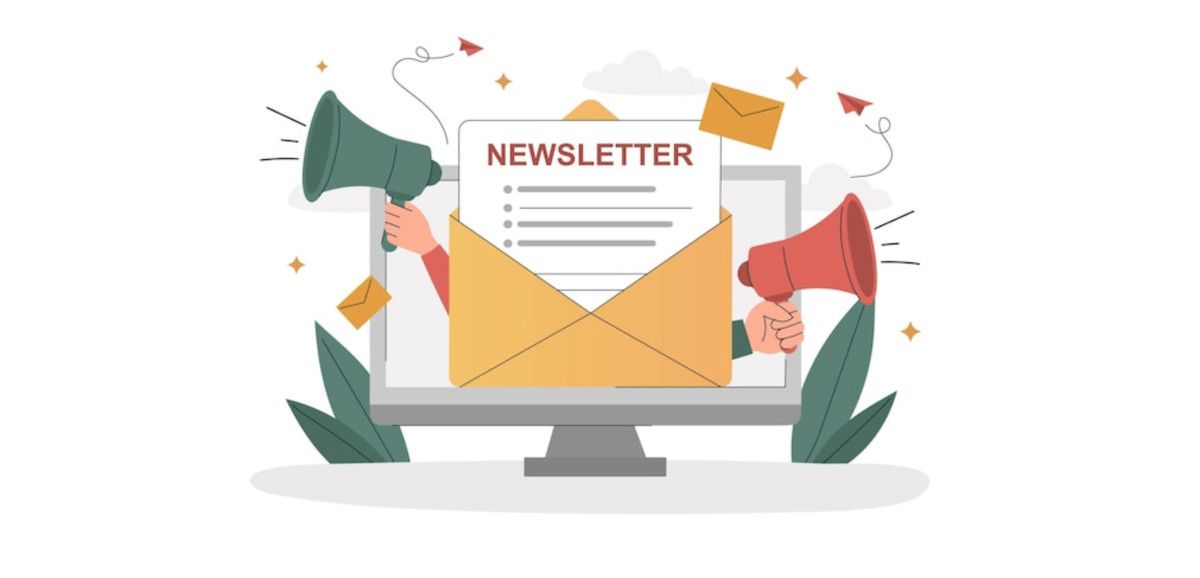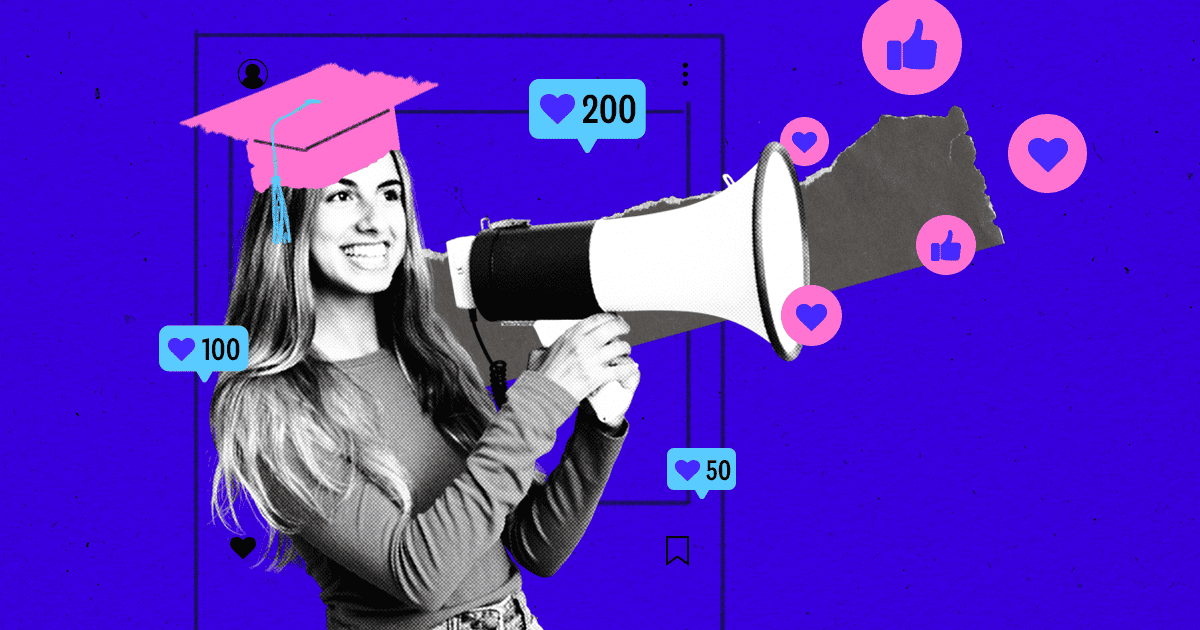Alumni newsletter remain an important tool for keeping alumni up to date with institutional news.However, in the fast-paced digital era of real-time information and short attention spans, conventional newsletters do not function as effectively. It takes huge quantities of time, energy, and resources in writing the articles, fact checking, laying out the pages, and sending it out. The newsletter strategy has to therefore adapt to how today’s audiences consume information.
The Issues with Older-Style Newsletters
Shortening Attention Span
- Today’s digital consumers have grown up seeing short, sharp content on Instagram, Twitter (X), and TikTok.
- Long newsletters are intimidating and scrolled or discarded whole.
- Bite-sized information, delivered in an engaging visual format, is more likely to be seen and recalled.
Visual-First Communication Choice
- Visual messages fare better in terms of response and recall than text-only mail.
- Images, infographics, and videos enhance the interest and palatability of content.
- Using short videos or carousel images in emails can boost rates of interaction by leaps and bounds.
Requirement for Real-Time Information
- Alumni require real-time updates through mobile applications, social media, or institutional portals.
- Alumni expect real-time updates, so waiting weeks or months for a newsletter no longer meets their expectations.
- Institutions can share important news, event reminders, and campus success stories instantly through platforms like WhatsApp, LinkedIn, and Facebook.
The Power of Personalization
- Personal generic messages will not be read.
- Email programs nowadays allow newsletters to be targeted based on interest, past activity, and geography.
- Personalized subject lines and copy (e.g., “Opportunities around you” or “2010 batch alumni events”) will be more likely to receive higher opens and click-through.
Limited Interactivity
- Traditional newsletters are mostly one-way channels.
- Alumni websites, social networking sites, and apps provide the potential for commenting, liking, and debating.
- To increase interactivity in newsletters, they can include:
- Brief polls or surveys.
- Call-to-action links (e.g., “Reply to share your memory”).
- Embedded feedback forms or event RSVP links.
Risk of Spam Filters and Promotions Tabs
- Long or cluttered emails will probably be routed to spam or promotion folders.
- A few select words (e.g., “urgent,” “free”) and lots of images or links can decrease deliverability.
- Best practices:
- Keeping things simple.
- Using clean, mobile-friendly design.
- Spam-checking email before sending.
Mobile Optimization is Crucial
- Over 60% of emails received today are viewed on mobile phones.
- If a newsletter for alumni is not mobile-friendly, alumni will interact less with it.
- Make sure:
- Short subject lines and teaser text.
- Clean, big tap targets.
- One-column layouts with flat navigation.
Shattered Attention and Reading Patterns
- People try to multitask while reading — TV, scrolling social media, or working.
- Long paragraphs and dense blocks of text are difficult to digest under such conditions.
- Coping mechanisms:
- Split content into bite-sized chunks using subheadings.
- Read comfortably with bullet points.
- Highlight key takeaways or quotes in bold or in boxes.
A Smarter Approach to Alumni Outreach
In order to do more with less work, consider a change in your alumni communication strategy:
- Micro-Content Strategy: Segment newsletter articles into bite-sized updates for social platforms such as Instagram Stories, LinkedIn status, or email teasers.
- Multi-Channel Delivery: Share the same content across WhatsApp groups, alumni websites, and mobile apps in order to reach more alumni.
- Automated Personalization: Use CRM and email applications to segment your alumni in batches, geolocation, or interest, and share personalized updates.
- Visual Storytelling: Replace or supplement text with video, infographics, and highlight reels of alumni.
- Measuring Engagement: Utilize analytics to monitor what type of content is clicked or replied to the most. Adjust your content strategy based on that.
- Target Events and Emotions: Alumni identify better with those stories that evoke nostalgia or emphasize shared success. Target alumni success stories, reunion highlights, and heritage stories.
Conclusion
Where newsletters used to be worth their weight, it no longer works to depend solely on them. Alumni now demand timely, visual, interactive communication they can integrate into their mobile-first, high-speed lives. Institutions can strengthen alumni engagement by using shorter formats, real-time updates, and targeted messaging—replacing long-form newsletters that alumni often ignore or discard. Smart communication, not harder effort, builds better connections.





 February 27, 2025
February 27, 2025
